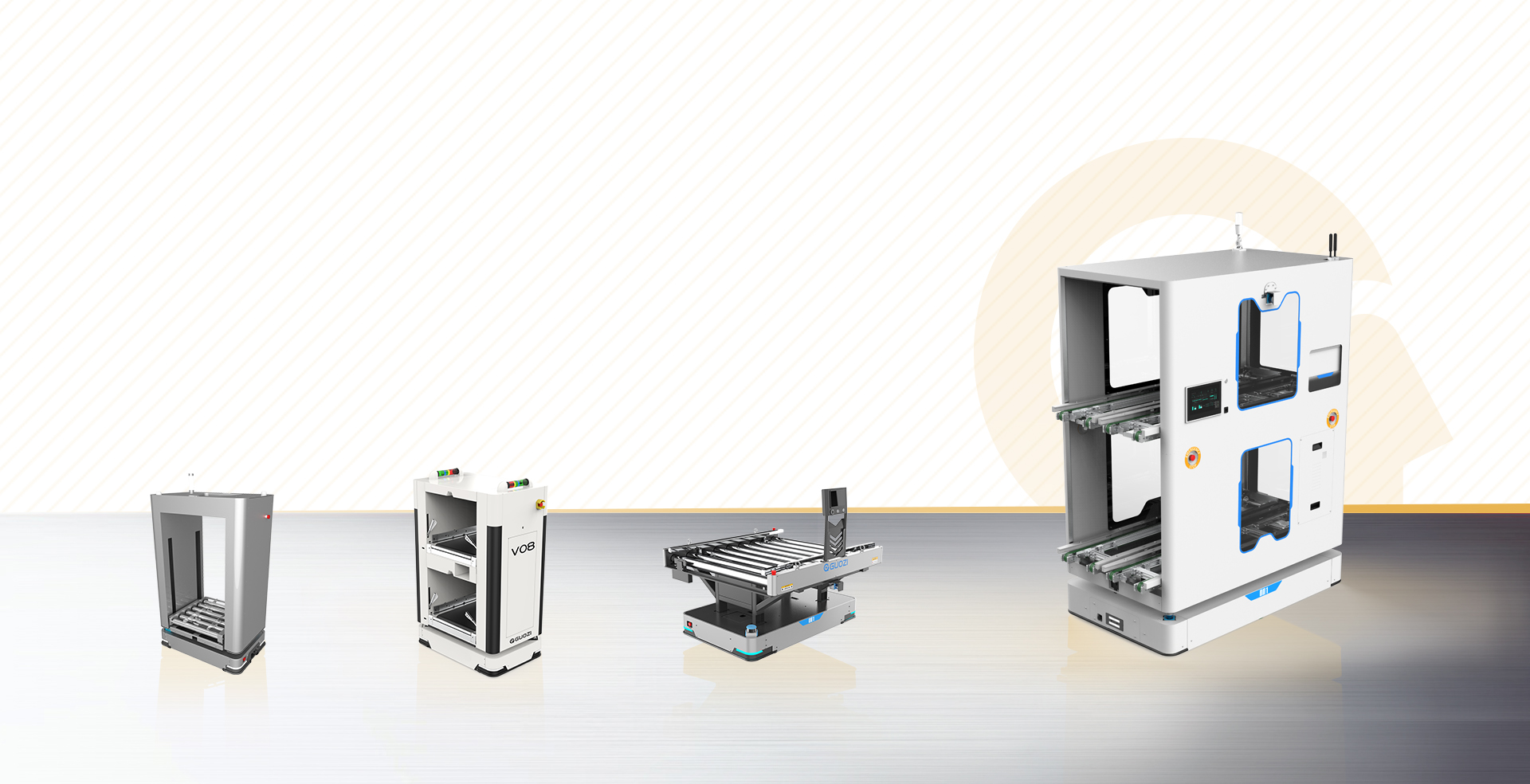Introduction:Automated Guided Vehicle (AGV) technology has revolutionized the way industries handle material transportation and logistics. With the rapid advancements in automation and robotics, AGV systems are becoming increasingly popular in various sectors. This article will delve into the evolution of AGV technology, its benefits, applications, and the future prospects of this transformative field.
Evolution of AGV Technology:AGVs have come a long way since their inception in the 1950s. Initially, these vehicles were limited to simple, fixed-path navigation systems. However, with advancements in sensor technology, navigation algorithms, and computing power, modern AGVs have become more intelligent, versatile, and efficient.
a. Early AGV Systems:The first-generation AGVs were primarily磁导导向 vehicles, relying on wires or magnetic strips embedded in the floor for navigation. These systems were suitable for repetitive, linear tasks but lacked flexibility.
b. Advancements in Navigation:The introduction of laser-based navigation systems in the 1990s marked a significant milestone in AGV technology. This allowed AGVs to navigate dynamically, making them adaptable to changing environments and tasks.
c. Present-Day AGVs:Today’s AGVs are equipped with advanced sensors, such as LiDAR, cameras, and RFID, enabling them to perceive their surroundings and make real-time decisions. They can communicate with each other and with central control systems, creating a highly efficient and intelligent material handling network.
Benefits of AGV Technology:AGV technology offers several advantages over traditional material handling methods, making it an attractive option for industries worldwide.
a. Increased Efficiency:AGVs operate 24/7 without breaks, resulting in higher productivity and reduced cycle times. They can optimize routes and transport materials more efficiently than human operators.
b. Improved Safety:By eliminating human involvement in repetitive, physically demanding tasks, AGVs reduce the risk of workplace accidents and injuries.
c. Cost Savings:AGVs can lead to significant cost savings in the long run. They reduce labor costs, increase energy efficiency, and decrease damage to products and infrastructure.
d. Scalability and Flexibility:AGV systems can be easily reconfigured and expanded to accommodate changes in production processes or facility layouts, making them highly adaptable to evolving industry needs.
Applications of AGV Technology:AGVs are employed across various industries, including manufacturing, logistics, healthcare, and retail. Some common applications include:
a. Manufacturing:AGVs are used for transporting raw materials, work-in-progress, and finished goods within manufacturing facilities. They can also be integrated with production lines and machines, enabling seamless material flow.
b. Warehousing and Distribution:In warehouses, AGVs handle tasks such as picking, sorting, and transporting goods to storage locations or shipping docks. They can significantly increase throughput and reduce order fulfillment times.
c. Healthcare:AGVs are employed in hospitals for transporting medical supplies, equipment, and laboratory samples. They help improve patient care by ensuring quick and reliable delivery of critical items.
d. Retail:In retail environments, AGVs can be used for restocking shelves, collecting shopping carts, and handling online order fulfillment, enhancing customer satisfaction and operational efficiency.
Future Prospects of AGV Technology:As AGV technology continues to evolve, we can expect several exciting developments in the coming years.
a. Increased Collaboration with Robots and AI:AGVs will work alongside robots and artificial intelligence systems, creating a fully automated and intelligent supply chain ecosystem.
b. Enhanced Navigation and Decision-Making:Advancements in sensor technology and machine learning algorithms will enable AGVs to navigate more complex environments and make autonomous decisions with higher accuracy.
c. Energy Efficiency and Sustainability:Future AGVs will be powered by renewable energy sources, such as solar or battery technology, reducing their carbon footprint and promoting sustainable operations.
AGV technology has transformed the material handling landscape, offering unprecedented efficiency, safety, and flexibility. As industries continue to embrace automation, the future of AGVs looks promising, with ongoing advancements set to drive innovation and boost productivity across various sectors. Embracing AGV technology is no longer a choice but a necessity for businesses looking to stay competitive in the rapidly evolving global market.








